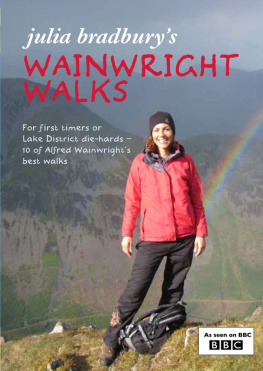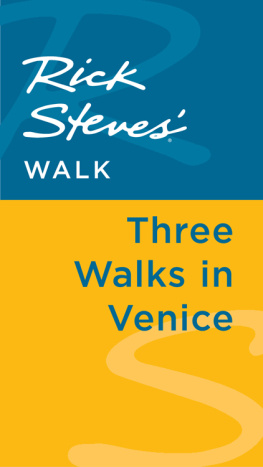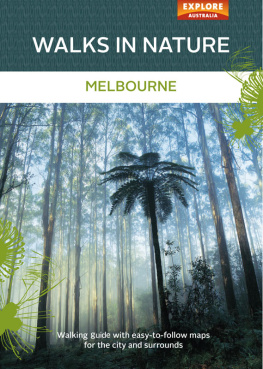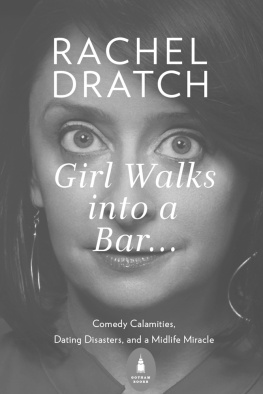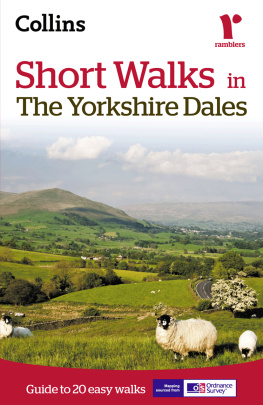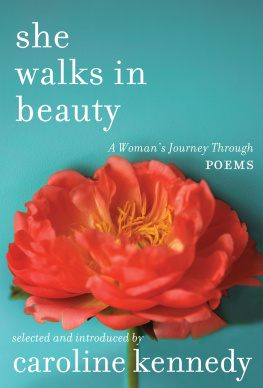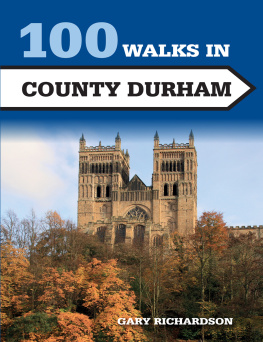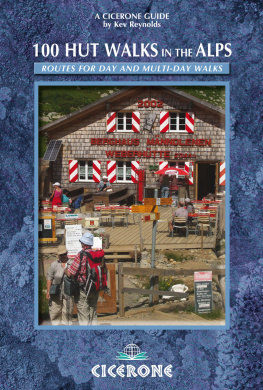AMERICA
WALKS INTO A BAR

AMERICA
WALKS INTO A BAR
A SPIRITED HISTORY OF
TAVERNS AND SALOONS,
SPEAKEASIES AND
GROG SHOPS
CHRISTINE SISMONDO


Oxford University Press, Inc., publishes works that further
Oxford Universitys objective of excellence
in research, scholarship, and education.
Oxford New York
Auckland Cape Town Dar es Salaam Hong Kong Karachi
Kuala Lumpur Madrid Melbourne Mexico City Nairobi
New Delhi Shanghai Taipei Toronto
With offices in
Argentina Austria Brazil Chile Czech Republic France Greece
Guatemala Hungary Italy Japan Poland Portugal Singapore
South Korea Switzerland Thailand Turkey Ukraine Vietnam
Copyright2011 by Christine Sismondo
Published by Oxford University Press, Inc.
198 Madison Avenue, New York, New York 10016
www.oup.com
Oxford is a registered trademark of Oxford University Press
All rights reserved. No part of this publication may be reproduced,
stored in a retrieval system, or transmitted, in any form or by any means,
electronic, mechanical, photocopying, recording, or otherwise,
without the prior permission of Oxford University Press.
Library of Congress Cataloging-in-Publication Data
Sismondo, Christine.
America walks into a bar : a spirited history of taverns and saloons, speakeasies,
and grog shops / Christine Sismondo.
p. cm.
Includes bibliographical references and index.
ISBN 978-0-19-973495-5 (hardcover : alk. paper)
1. Bars (Drinking establishments)United StatesHistory. 2. Drinking customsUnited StatesHistory. I. Title.
GT3803.S57 2011
394.130973dc22 2010040111
1 3 5 7 9 8 6 4 2
Printed in the United States of America
on acid-free paper
This book is for Kilgours
and all the lovely people
who have made it what it is.
You know who you are.
CONTENTS
Acknowledgments
Id like to thank the following barflies and scholars: first, Peggy Hageman, one of the most supportive and encouraging people I have ever had the privilege to call my friend. Peggy helped me sort out my thoughts and early versions and even introduced me to the next person on this listEthan Bassoff, superagent.
Ethan has been everything I hoped an agent would be and more. And, of course, he got me together with Timothy Bent, the editor whose insight and enthusiasm have been absolutely invaluable. I cant imagine this project without Tim or, for that matter, Mally Anderson, whom I also cannot thank enough for her time and energy.
Then there are the people who have listened to me drone on in bars and/or helped me with my research. James Waller and Jim OConnor each lent a generous ear and helped me with research sources. Karen DeCrow took the time to help me with a first-hand account of her efforts in the battle to democratize the institution by raising rabble in bars. Jose Sarria spoke to me at length about San Francisco in the 1950s and 1960s and the incredible part he played in the history leading up to Stonewall. Brian Rea helped me to no end, as did David Wondrich, both through clarifications and with the volumes of research these two bar and cocktail heroes have been working on for much of their lives. Add to that the efforts of A.K. Sandoval-Strauss, who paved the way for American bar research with his ground-breaking work on the American hotel. Thomas Pegram was extremely generous with his time, as were Ann Tuennerman, Kevin Richards of the Sazerac Company, Jon S. Handlery of Handlery Hotels, Heather Leavell of the Peabody Historical Society, Katherine Molnar of the Historic Review Commission of Pittsburgh, John Potter of the Connecticut Historical Society, Ghyslaine Leroy of Corbis, Bernard Rosenthal, Ed Cray, and Peter Mancall.
There are many, many scholars who did the tough legwork before me and whose work I draw upon: Andrew Barr, David Conroy, Wayne Curtis, Tom Goyens, Ray Oldenburg, Madelon Powers, W.J. Rorabaugh, and Peter Thompson are just a few who have so brilliantly covered the tavern and saloon in the past.
Many professionals in the industry, such as Jim Meehan, Sasha Petraske, Katie Stipe, and Phil Ward, also inspired and helped me grasp the importance of the American bar, taking time out to speak with me about the current struggles facing the institution. A few of the most outstanding bartenders who have inspired and informed over the years are Nabil Scherief at Il Bistro, Murray Stenson at Zig Zag, Jeffrey Morgenthaler at Clyde Common, and Takaaki Hashimoto at B Flat. There are many others, of course, too many to mention. We cant even remember all the names. Closer to home, theres York University in Toronto, which helped through research grants, and Id like to thank people there such as Steven Bailey, Lorraine Code, and Patrick Taylor for their continued support.
Last but hardly least are those who have politely listened to the thesis for this book and the minute details about its progress. Family first: parents Sergio and Liane Sismondo, brother Sergio Sismondo, and Khadija Coxon have gone above and beyond the call of duty. Same for Chandra Edwards. Helene and Paul Eberts and Amy Vigorita were extraordinary in helping me think through the project and, in particular, the value of association. Apologies for the rants and sincere thanks for all the encouragement and feedback are also due to Joe Alexandrovitch, Joan Allen, Suzanne Alyssa-Andrew, Paul Ayers, Sean Aylward, Simon Beggs, Ryan Bigge, Kevin Brauch, Sandy De Almeida, Lloyd Dilworth, Ann Fitzpatrick, Siobhan Flanagan, Paul Gallagher, Garvie, Adrian Griffin, Christine Hooper, Sue Ketcheson, Andrew Kilgour, Peter Kilgour, Andrea Ledwell, John and Mary MacMillan, Sara Marino, Bill and Carol Martin, Scott Mochrie, Fred Newey, Sharon ORourke, Anne and Nick Pashley, Donna and Kennedy Pires, Jessica Polzer, Sherry Roher, Dana Rourke, Sanjay Talwar, and, of course, Uncle. And thank you to whomever else I have missed.
Finally, finally, there are those people I live withthe ones who find their lives both neglected and taken over whenever I have a new project (which is pretty much always). Myles, nearly a feral child now, has learned to fend for herself and rarely complains. Thank you, Myles.
And none of this could ever have happened without Al, whom I suckered into another journey with the promise that a book about bars would be practically recreational. Nothing I can say can possibly convey how important his help and support was in the creation of this book and, so, I wont even try. Except to say that its not just the book that I couldnt have done without him. Thank you for everythingalways.
WHERE DREAMS COME TRUE
The Highland Room bar and lounge at San Franciscos Hotel Stewart (now Handlery Union Square Hotel), 1961. Image courtesy of Jon S. Handlery.
It was the highlight of any family tripbetter than cable in the room, the swimming pool, better even than being allowed to order pancakes for breakfast and Coke with dinner.
The hotel bar was magic. It was where adults seemed to wonderfully transform from tightly wound disciplinarian micro-managers into lively, indulgent, joyful humans. It was like the
Next page

